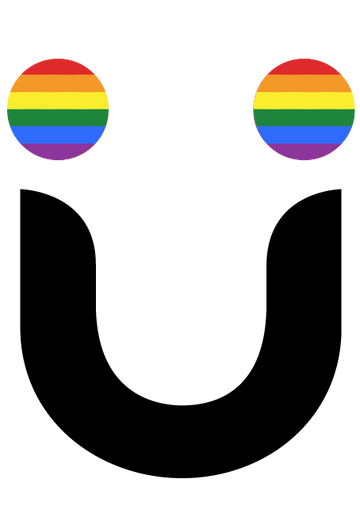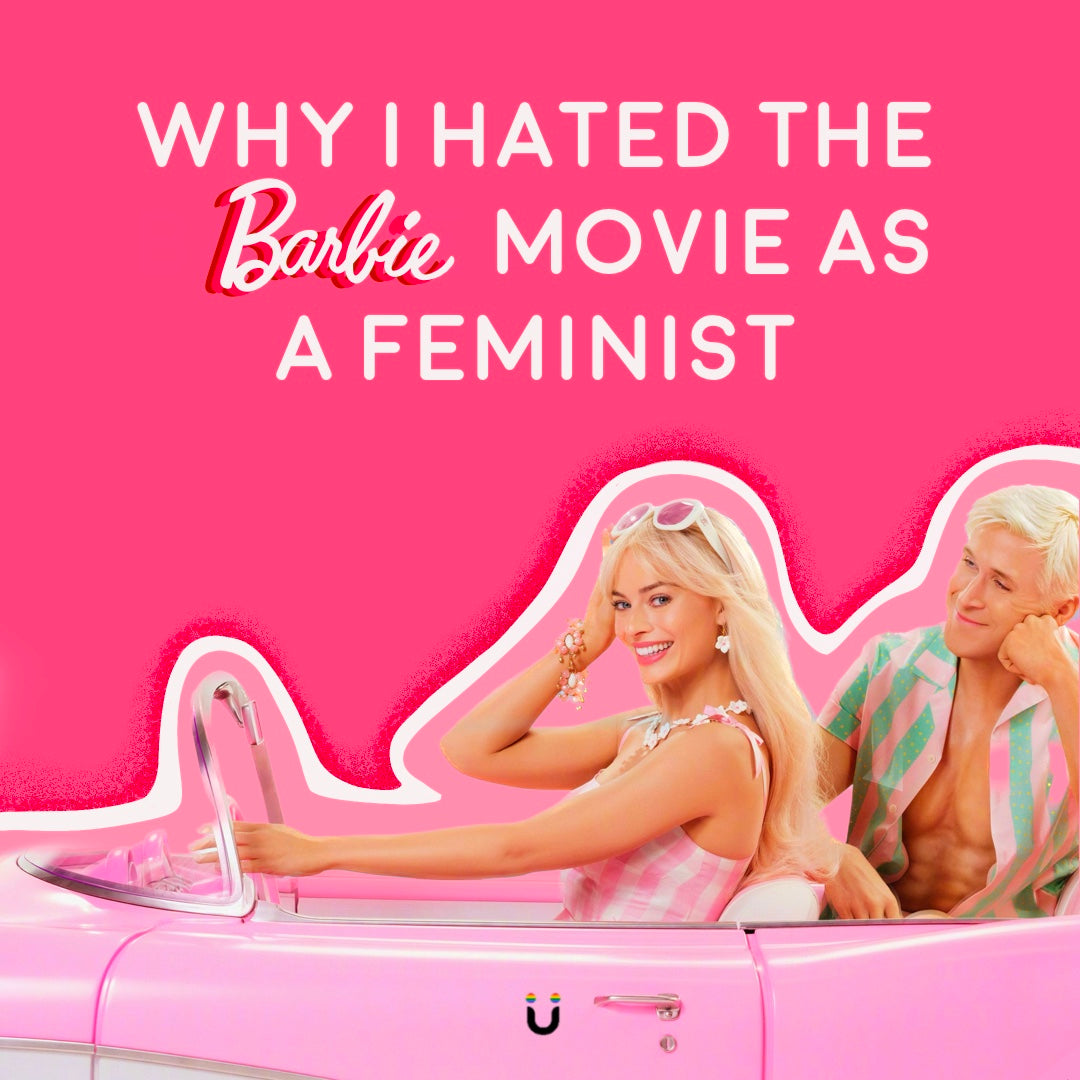This might sound like an unpopular opinion - and I can already see your eyes rolling - but this past weekend I came to the realisation that Elon Musk and I have something in common: our mutual dislike for the movie Barbie.
Now, before you start the hate spewing, let me start off by clarifying an important fact: I went to the cinema after three whole pandemic-ravaged years (a fact that I only use to emphasise my enthusiasm to watch Barbie) for the visually appealing pink sets, some nostalgia, a whole lot of fun and a little bit of the ‘feel good’ vibe the movie’s promos had promised. Plus, the movie reminded me of AQUA’s ‘Barbie Girl’; a song I’d absolutely loved as a child (side note: but now, as an adult, I can only see its underlying notes of toxicity) and when has nostalgia ever been a bad thing?
Did I ever feel a strong connection with Barbie growing up?
Well, no. I played with my cousin’s hand-me-downs and got a few of my own growing up. Like most people I know, I never owned a Barbie Dream House™ or an extensive Barbie wardrobe. I think my most exciting Barbie doll was Ken (Yes, she’s everything, he’s just… Ken) and my favourite thing about that particular edition was how he could grow a beard and you could shave it off. I don’t think I actively bought a doll to play with, but with gender stereotyping I was inevitably gifted one.
So when friends and clients talk about how they preserved their Barbie collection, I find myself not being able to relate to any of it. In fact, I was that child who played too hard with Barbie and made her weird Barbie (within hours, obviously). Despite this loose attachment for Barbie, there was a sense of familiarity when Barbie opened her refrigerator to an empty carton of milk, as she rollerbladed on the promenade in her leotards, and an unrequited fantasy of what life could have been if I was the one waking up in her dreamhouse every morning. For me, Barbie represented the girl who had it all figured out, a thought that even my younger self could not relate to (how can anyone be so perfect?) but may have still longed for.
So I guess, my earliest strongest memory of Barbie was not playing with Barbie but writing about her for my Trinity exam as a teenager. My theme for my piece was writing about the unhealthy messages the media sends us, and to my surprise, the research behind this beloved doll filled up most of my four minute long monologue. Let me quote, solely from memory, that if Barbie were a human, would she be 5’9” tall, have a bust size of 39”, waist at 18”, hips at 33” and wear a dainty shoe size 3? Let me just plug this here, Barbie aided in setting unrealistic beauty standards for girls.
Talk about unhealthy ideals!
Yet, this doll was (and is) marketed to young girls under the guise of women champions. Barbie claims to sell a dream that women can do anything; but take a minute and look at who you’re trying to make the poster child for “dreams come true”: a perfectly shaped woman, who looks like she has got it together, and comes from privilege; privilege that most of us do not have and yet punish ourselves for not looking or being put together. (let me emphasise unrealistic beauty standards for girls)
Does changing the skin colour of Barbie means she is inclusive?
Well, no! The Barbie movie was no different. Among the 28 characters in the movie, we only had one barbie (Lawyer Barbie) who represented a plus-size body type and one (Dr. Barbie) who was played by a trans actor. What did the rest have in common?
Perfectly sculpted bodies.
Even though Barbie may now represent more women (like differently abled people or people from different cultures and races), they still have a basic body type unachievable for most women. It does not represent the struggle women have to go through to get there. While America Ferrera’s character’s (now-famous) monologue aims to touch upon the struggles women face with ageing, cellulite and self-worth, the visuals in the movie tell a different story. Perfectly manicured nails, blow-out hair and the concept that if you look like you have it together - you have it together! (re-emphasising unrealistic beauty standards for girls)
The immediate pause at Barbie’s part when she talks about death, as a viewer, reminds us that looking at mortality and the definite truth of death is not acceptable (although a reality) - we must, always and only talk about the perfect portrayal of life.
Here’s a quick history lesson: Mattel launched the first Indian Barbie in 2022 for Women’s History Month. They fashioned her after beauty brand Live Tinted CEO and founder, Deepica Mutyala. Even though this Barbie had her skin tinted, eyes big, brows bold and wore jhumkas and bangles in a power suit… does it still represent Indian women? Does it recognize the privilege Deepica had growing up or the struggle she faced choosing to be a women of colour entrepreneur in America? Does it take into account that she comes from a culture that largely expects women to be homemakers, doctors or engineers? But still, let's look closer at the doll that still has the undertone of unrealistic body type for an Indian woman playing an Indian woman. Does it somewhere remind us that no matter how hard we try, we are not going to get there?
Using words like feminism and patriarchy does not mean you’re addressing the (most obvious) core damage Barbie wreaked - a false sense of femininity. While the movie may attempt to address that a world of extreme feminism or patriarchy is unhealthy (rightly so!), it fails to speak about the pressures women go through when they are judged for not having it all together at all times.
The portrayal of Weird Barbie represents girls like me, the ones who played too hard with their Barbies - the misfits. However, she carried the weight of guiding Barbie to undo her flat feet. The messaging stands, that even if you look odd, you have to do something historically remarkable to be significant and find some acceptance in society. Being you is simply not enough!
The movie also comically glosses over the struggles of one’s relationship with food. While there is humour in drinking milk from an empty carton, or pretending to bite into a piece of toast. The subtle message is that Barbie looks like she eats but does not eat. Something a lot of people with eating disorders face. It is common for people with eating disorders to serve a plate of food, play around with the food and not eat a bite of it. This makes the world around them think they are eating, but in fact no calories go in - thus making them achieve that ‘unhealthy body image’.
Research published in Body Image tested the effects of playing with dolls like Barbie; it was observed that these dolls change girls' perceptions of the ideal body shape. It is important to note that Barbie is more sought after for pre-adolescent children, a time period that is crucial when it comes to developing a healthy body image for the self, and toys & movies serve as key instruments in delivering these messages. Toys that are not representative of a healthy body often lead to children internalising an ultra-thin unrealistic body ideal.
Furthermore, the movie pairs this body type with nobel prizes, successful careers, wealth and happiness. Something we live to learn is not true, but a struggle to accept. Barbie has over 200 careers and none of them is just a mother. Being a mother - something only you as a biological woman can do - is not enough. As a new mom, the pressure to get back to your pre-pregnancy body or a fitter body is real and intense. Women are meant to juggle everything: the physical dependency of their child, their home, earning, socialising, finding downtime and working out so rigorously that their instagram stories demand comments that go along the lines of ‘you do not look like you’re a mother’.
The one thing Barbie (both, the movie and the doll) does not allow is for her to be a mess. Even when she is having her Mattel-approved existential crisis, being ridiculed for setting the feminist movement back 50 years, or crying on the lawns outside her dreamhouse - she looks GORGEOUS! Let me tell you a secret: I have looked at myself in the mirror when I’m crying, contemplating my life decisions or caffeine-deprived and there is nothing remotely gorgeous about it.
The movie needed a genuine apology from Mattel for the damage caused, not a half-assed one where bullet points of dangers Barbie has caused are raised and glossed over by saying ‘we wanted girls to dream that they can achieve anything they want’. If they were going down the path of recognizing patriarchy, feminism, and unrealistic standards, the movie should have had more pieces like the one narrated by America Ferrera.
As I was writing this piece, I guess I did not go into the movie with an unbiased or favouring perspective. I went in with the awareness that Barbie has perpetrated unhealthy standards of beauty that has caused havoc in the lives of many. As a viewer, it was hard to see the movie as just a movie; without the baggage of the doll (especially since everything was based on the doll). While “Ordinary Barbie with cellulite” or “Death Barbie” may reflect a version of real women, Barbie needs to begin by changing the stereotypical Barbie to a real Barbie, one that reflects a real person with a real body and resembles the chaos and the constant figuring it out that life brings.
The truth is that life is a mess, chaotic and unstructured - we find moments of joy that take us through the day. When action and purpose are aligned, we are at peace with ourselves, and that seldom happens when you’re going up on stage in a pantsuit to accept a Nobel Prize while having an unrealistic body.

